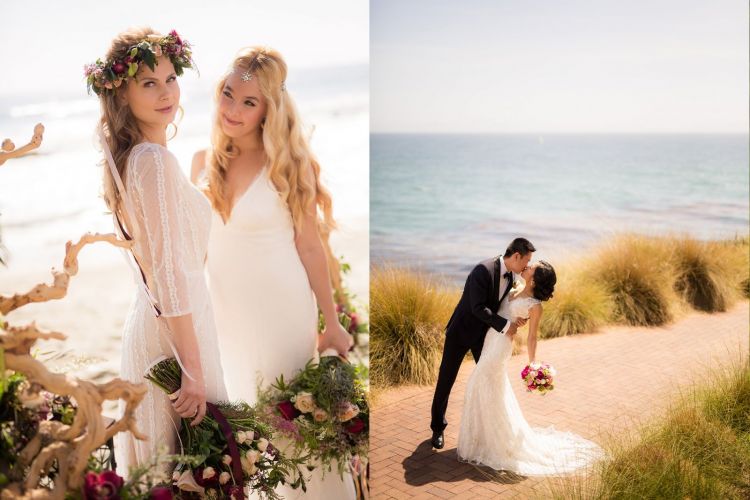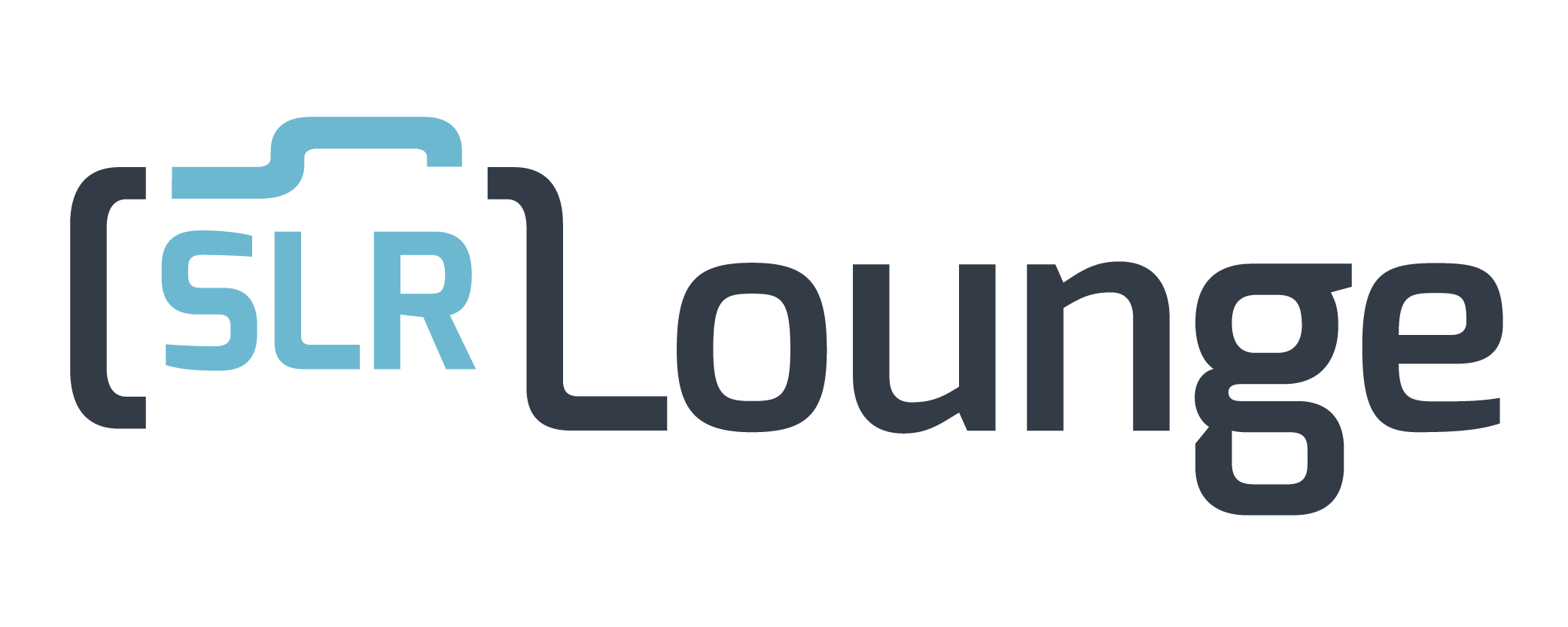How to Determine Whether Light is Hard or Soft
To determine whether light is hard or soft, examine the transition from light to shadow on a subject — also known as the “falloff.” If the transition is sharp and defined, it indicates hard light. A quick way to identify this is by looking at the shadow under the chin or around other facial features. If the shadow edge is crisp and distinct, the light is hard.
Real World Examples of Hard Light
Midday Sun

A common example of hard light is the midday sun. When the sun is high in the sky, the shadows it creates are harsh and well-defined, making the transition from light to shadow abrupt. Without diffusion or modification, this results in strong contrast and high-definition details, which can give images a dramatic or edgy look.
Direct Flash

A bare speedlight or on-camera flash fired directly at the subject creates hard light. The light source is small relative to the subject, producing sharp-edged shadows and high contrast. This type of lighting is often used in fashion or editorial photography to create a bold and edgy aesthetic.
When to Use Hard Light
While soft light is often favored for its flattering and natural look, hard light is useful when you want to highlight drama, texture, and definition.
1. Dramatic Portraits
Hard light is useful for creating dramatic, edgy portraits. It highlights the face’s contours and structure. Sharp shadows and strong contrast help define cheekbones, jawlines, and other facial features, adding intensity and character to the image.

2. Fashion Shoots
In fashion photography, hard light enhances textures and gives clothing and accessories a sharper, more defined look. The contrast between light and shadow makes fabrics, patterns, and details pop.

3. Product Photography
Hard light is ideal for product photography when you want to emphasize texture, shape, and detail. The crisp shadows and sharp highlights created by hard light can make products appear more defined.
How to Modify Hard Light
While hard light can create dramatic and high-contrast images, it’s not always ideal for every situation. Sometimes you need to soften or diffuse the light to create a more flattering or balanced look. Here are three ways to modify hard light:
Bounce the Light (Bounce Flash)

Bouncing light off a reflector, wall, or ceiling increases the size of the light source, which softens shadows and reduces contrast. This technique creates a more natural, diffused effect while maintaining some directionality in the light.
Use a Softbox or Umbrella
Softboxes and umbrellas enlarge the light source and diffuse the light, which creates softer shadows and a more even exposure. Softboxes provide more directional control, while umbrellas create a wider spread of light.
Other Related Terms:
Related Articles to Hard Light Definition

Lightroom Editing for Mood and Cinematic Warmth

Visual Flow Releases Dark and Moody Lightroom Presets and Workshop

Create Interesting Light With Your Phone

Northern Lights Photography Tutorial For Incredible Photos

Work Faster with This Photo Mechanic Lightroom Workflow

When SHOULD You Blow Out the Highlights?

5 Common Post-production Mistakes That Are Hard to Detect

Photoshop & Lightroom Launch Its Largest Set of Features Since Adobe MAX In The June Update To Creative Cloud

Simulate Window Light Photography with Off-Camera Flash

How to Create Presets to Quickly Edit Your Photos in Lightroom | Quick Reference

5 Things to Look for When Shooting Natural Light Portraits in Urban Locations










